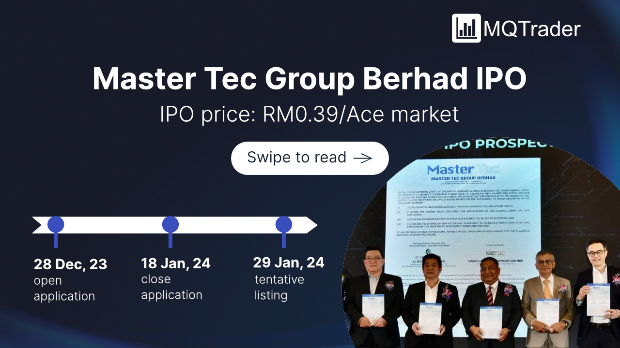Plantation Sector - Key takeaways from RSPO’s presentation NEUTRAL
kiasutrader
Publish date: Fri, 18 Jul 2014, 10:50 AM
- We hosted a presentation by RSPO (Roundtable for Sustainable Palm Oil) yesterday. Here are the key takeaways from the presentation.
- We gather that there has been more certified palm oil sold via certificates on the GreenPalm Trading Platform instead of through the supply chain. Out of the 4.5mil tonnes of RSPO-certified palm oil sold in 2013, about 65.6% were sold via certificates.
- The book and claim method of selling certified palm oil would help smallholders that are located far away from a certified palm oil mill. This is because smallholders would be able to sell certified palm fruits on the GreenPalm Trading Platform instead of to the mill.
- Incidentally, RSPO has a fund, which provides grants to smallholders to help cover the cost of certification. The fund is called RSPO Smallholders Support Fund (RSFF). The fund is opened to smallholders in any country.
- We understand that RSFF has received positive response from smallholders in Indonesia and Thailand. More than five groups of smallholders in Thailand are due to be certified by RSPO by mid-2015.
- We gather that it takes about 12 days for smallholders and 20 to 25 days for large companies to be audited. The RSPO certification lasts for four to five years.
- In between, a surveillance audit is carried out every year. After four to five years, the main audit assessment has to be undertaken again.
- Currently, there are about 15 to 17 auditors in RSPO. These include SGS, Control Union and SIRIM.
- We understand that RSPO is voluntary whereas ISPO (Indonesia Sustainable Palm Oil) is mandatory. RSPO’s standards are also stricter than ISPO.
- About 80% of ISPO’s standards are the same as RSPO’s. Guidelines, which are not covered by ISPO, are those in respect of new plantings and high conservation value forests.
- Currently, about 18% of palm oil sold globally is certified by RSPO compared with 16% as at end-2013. Indonesia accounted for 47.9% of the supply of certified palm oil while Malaysia accounted for another 44%. Certified palm oil from Papua New Guinea accounted for an additional 5.3%.
Source: AmeSecurities
More articles on AmResearch
Created by kiasutrader | Dec 08, 2015
Created by kiasutrader | Dec 07, 2015
Created by kiasutrader | Dec 04, 2015
Created by kiasutrader | Dec 03, 2015





















